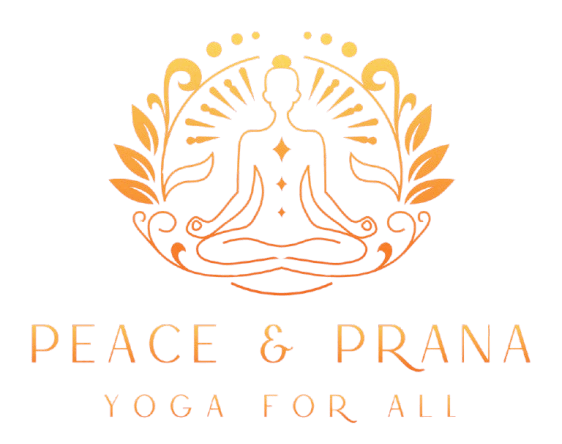
Asana Practice
(Movement)
Qualified Yoga Teacher specialising in 3 traditional Indian yoga disciplines:
Iyengar, Ashtanga & Vinyasa
(also known as Ashtanga Vinyasa & Flow Yoga)
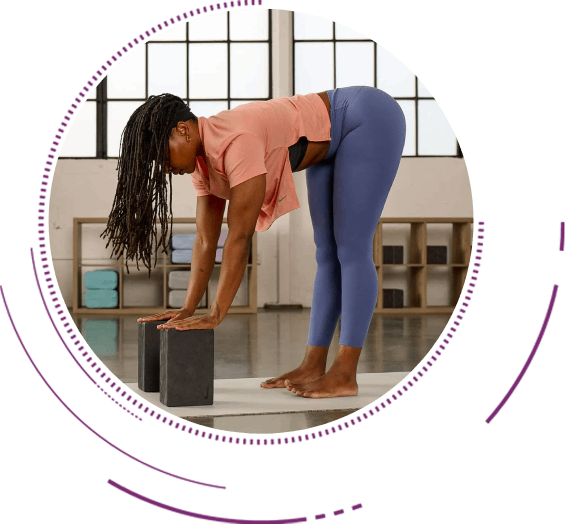
Iyengar Yoga
This is a form of Hatha Yoga that emphasises precision, alignment, and the use of props to support practitioners of all levels. Developed by B.K.S. Iyengar, it focuses on creating a strong foundation in physical postures (asanas) to develop stability, strength, and mindfulness.
Key Principles include:

Alignment
Ensuring proper positioning of the body to avoid injury and maximise the benefits of each posture.

Use of Props
Incorporating tools like blocks, straps, bolsters, and chairs to make poses accessible to everyone, regardless of physical limitations.

Sequencing
Following a specific order of asanas to achieve progressive benefits, such as energy flow and muscular balance.

Focus on Breath
Integrating pranayama (breath control) to enhance vitality and deepen the connection between body and mind.

Mindfulness
Cultivating awareness and presence in every movement and pose.
Origins of Iyengar Yoga
Iyengar Yoga was developed by Bellur Krishnamachar Sundararaja (B.K.S.) Iyengar in the mid 20th century. Born in Karnataka, India, in 1918, Iyengar initially practised yoga to overcome serious health challenges. His teacher, Krishnamacharya, introduced him to the discipline, which he later refined to create an accessible, systematic approach for people of all ages and abilities.
Iyengar’s seminal book, Light on Yoga, published in 1966, brought global recognition to his method. His rigorous attention to detail and innovative use of props revolutionised modern yoga, making it both therapeutic and inclusive.
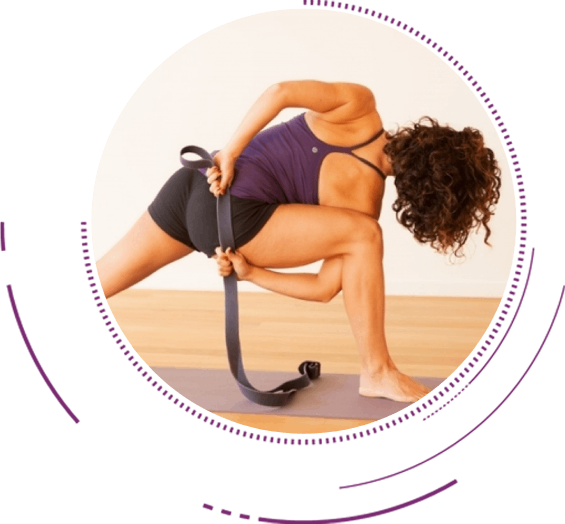
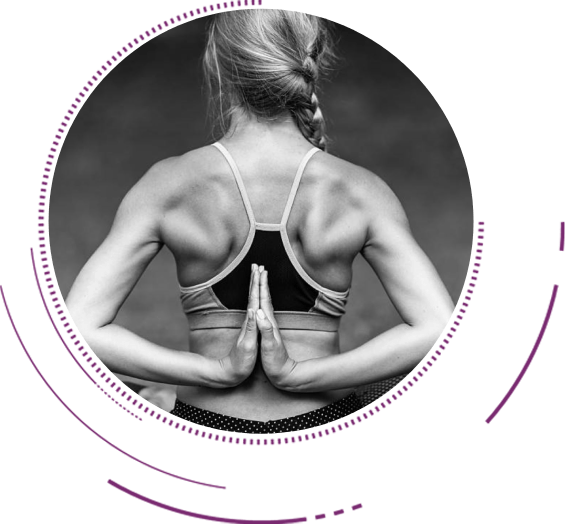
Ashtanga Yoga
Ashtanga Yoga is an ancient discipline rooted in the eightfold path (ashta = eight, anga = limbs) described in the Yoga Sutras by the sage Patanjali. Its principles focus on harmonising body, mind, and spirit through systematic practices.
The eight limbs of Ashtanga Yoga are:

Yama (Ethical Disciplines):
Guidelines for social conduct, such as non violence (ahimsa) and truthfulness (satya).

Niyama (Personal Disciplines):
Self purification practices like cleanliness (shaucha) and self discipline (tapas).

Asana (Postures):
Physical poses to strengthen and prepare the body for meditation.

Pranayama (Breath Control):
Techniques to regulate energy through controlled breathing.

Pratyahara (Withdrawal of Senses):
Turning inward by detaching from external distractions.

Dharana (Concentration):
Focusing the mind on a single point.

Dhyana (Meditation):
Achieving a state of uninterrupted contemplation.

Samadhi (Ultimate Absorption):
Merging with universal consciosness and attaining enlightenment.
Origins of Ashtanga Yoga
Ashtanga Yoga is part of the broader tradition of Indian philosophy and was formalised in Patanjali’s Yoga Sutras around 200 BCE. However, the dynamic practice of Ashtanga Vinyasa Yoga, often associated with modern Ashtanga Yoga, was developed by K. Pattabhi Jois in the 20th century in Mysore, India. Jois drew inspiration from ancient texts like the Yoga Korunta, combining physical postures with breath synchronisation and meditation to create a structured, flowing practice.
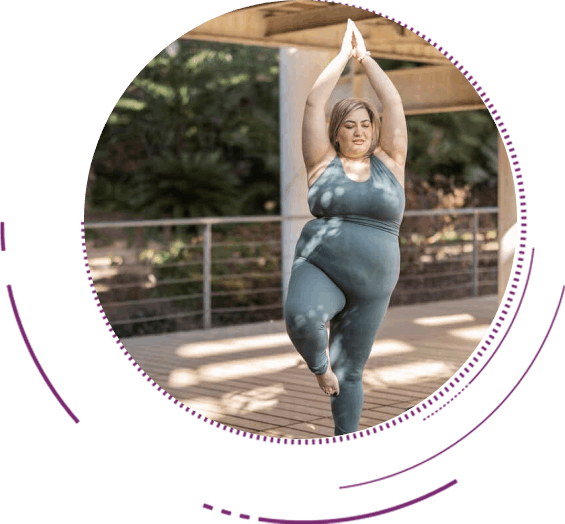
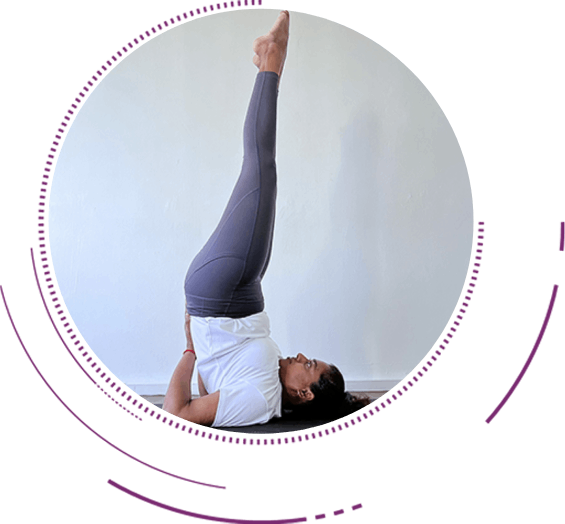
Vinyasa Yoga
Vinyasa Yoga, often referred to as “flow yoga,” is characterised by smooth transitions between poses, synchronised with breath. Its principles focus on creating a dynamic and meditative practice that unites movement and mindfulness.
Key Principles include:

Breath – Movement
Synchronisation
Each movement is linked with either an
inhale or an exhale, creating a flowing sequence.

Flow and Transition
Emphasis is placed on the journey between poses, not just the poses themselves.

Creativity and Variation
Sequences can vary greatly, allowing teachers to design practices tailored to students’ needs or themes

Strength and Fluidity
Combines static poses with dynamic movements, building both muscular strength and flexibility.

Meditative Awareness
Encourages practitioners to stay present by focusing on the breath and the rhythm of the practice.
Origins of Vinyasa Yoga
The origins of Vinyasa Yoga are deeply rooted in the ancient traditions of India, particularly in the Ashtanga Vinyasa system developed by Tirumalai Krishnamacharya and popularised by his student K. Pattabhi Jois in the 20th century. The word “vinyasa” itself means “to place in a special way,” highlighting the intentional sequence of movements.
While traditional Ashtanga Yoga has a set series of poses, modern Vinyasa Yoga evolved into a more flexible, creative style. This adaptability has made it one of the most popular forms of yoga in the West.
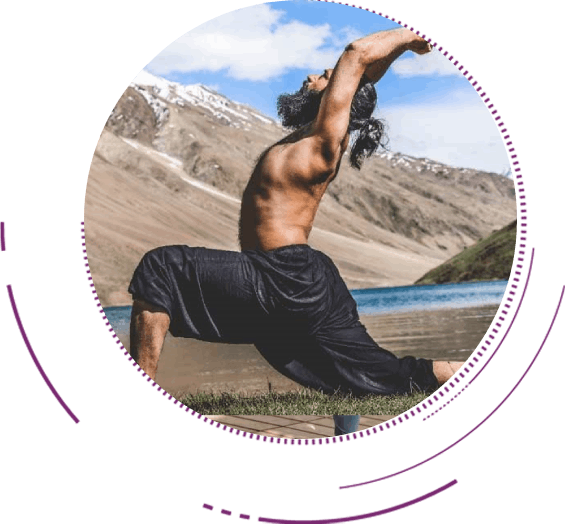
Vinyasa Yoga’s versatility and dynamic nature make it an excellent practice for those seeking a balance of physical fitness, mental clarity, and spiritual growth. Its adaptability allows practitioners to create a practice that meets their unique needs and goals.
If you’re interested in finding out more about class availability in your local area, online class availability or to discuss a personalised yoga experience, please reach out to us at info@peaceandprana.com. We’d be happy to arrange a conversation to find the perfect practice for you.

Enhance Your Wellbeing With Expert led Yoga Classes.
Explore Ashtanga, Iyengar, And Vinyasa Practices Today.

